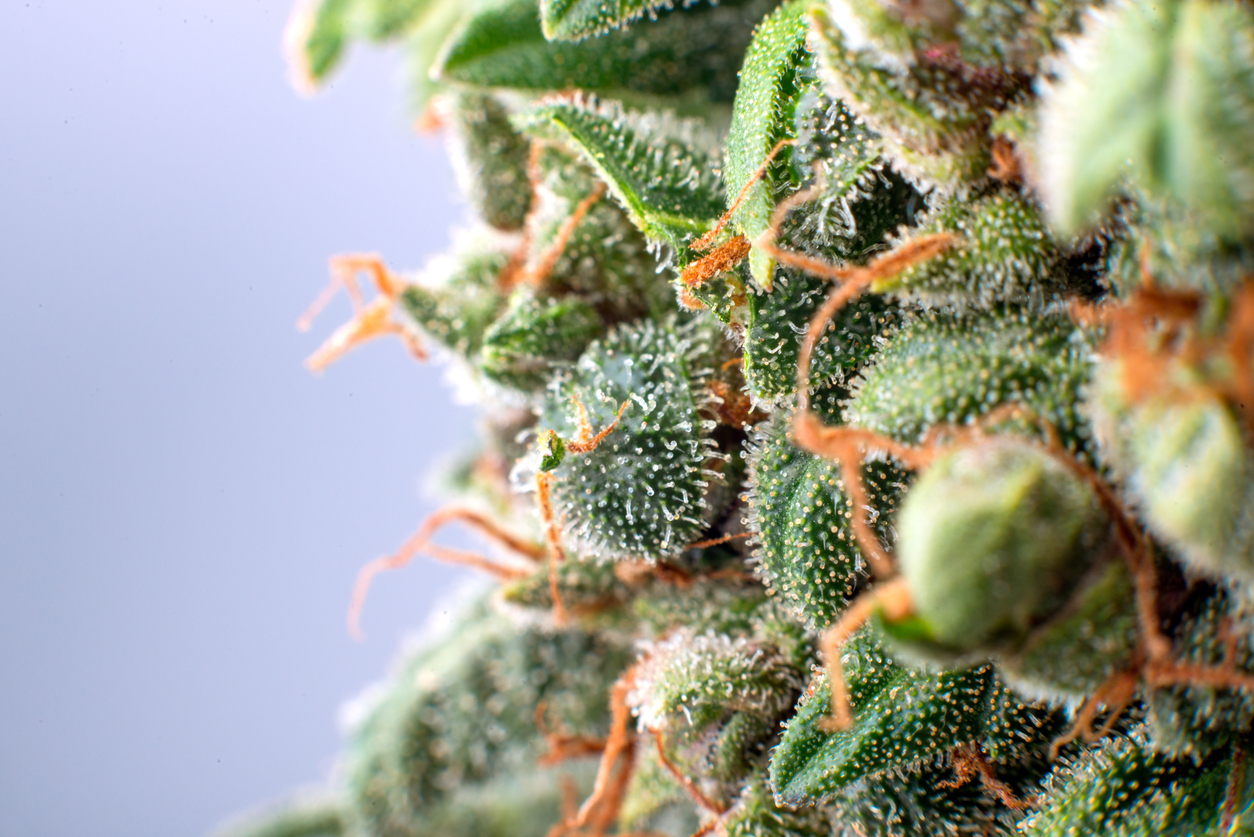As cannabis research advances, two non-psychoactive compounds, cannabigerol (CBG) and its precursor, cannabigerolic acid (CBG-A), are attracting growing attention.
Often overlooked in favour of the better-known THC and CBD, these cannabinoids are now being investigated for their therapeutic potential.
UK-based contract research organisation Broughton examines early findings and provides expert guidance for bringing these compounds to market.
The origin of all cannabinoids
CBG-A is the foundational compound in cannabis, earning CBG the nickname “mother of all cannabinoids.”
 Within the plant, CBG-A acts as the starting point from which major cannabinoids develop.
Within the plant, CBG-A acts as the starting point from which major cannabinoids develop.
As cannabis matures, enzymes convert CBG-A into various cannabinoid acids, which later become THC, CBD and other compounds through decarboxylation (heat or light exposure).
Most cannabis strains contain only about 1% CBG as it rapidly converts into other cannabinoids during growth.
Recent selective breeding, however, has produced CBG-rich varieties, increasing availability for research and commercial use.
Emerging health benefits
Research into CBG and CBG-A is still in its early stages, but findings are promising.
A landmark 2024 human clinical trial published in Scientific Reports reported that a 20 mg dose of hemp-derived CBG significantly reduced anxiety and stress compared with a placebo.
Crucially, the dose achieved these effects without causing intoxication.
Beyond anxiety relief, CBG shows potential therapeutic benefits, including anti-inflammatory properties that could aid conditions such as arthritis and neuroprotective effects that may support neurodegenerative disorders.
CBG-A, though less studied for direct therapeutic use, also shows considerable promise.
Early research suggests it may be even more effective than CBG in reducing oxidative stress and could support cardiovascular health by lowering blood pressure and slowing atherosclerosis progression in animal models.
Preliminary studies also indicate potential anti-cancer properties.
Distinctive mechanisms
CBG sets itself apart from other cannabinoids through its unique interactions with multiple receptors.
 Whilst many cannabinoids primarily target the classic cannabinoid receptors, CBG exhibits a broader pharmacological profile, showing notable affinity for α2-adrenergic and serotonin 5-HT1A receptors.
Whilst many cannabinoids primarily target the classic cannabinoid receptors, CBG exhibits a broader pharmacological profile, showing notable affinity for α2-adrenergic and serotonin 5-HT1A receptors.
This diverse receptor activity may explain CBG’s potential anxiolytic and neuroprotective effects.
By modulating neurotransmitter release and stress responses, CBG could support neuroprotection in ways that extend beyond the endocannabinoid system.
These distinctive mechanisms provide important insights into its therapeutic potential and highlight growing scientific interest in CBG’s role in pharmacology and medicine.
Looking forward
As of early 2025, most research on CBG and CBG-A remains at the preclinical stage, primarily conducted through laboratory and animal studies.
Further human clinical trials are crucial to establish robust safety profiles and confirm therapeutic efficacy.
These compounds have the potential to expand the therapeutic cannabinoid portfolio, offering distinct benefits without the intoxicating effects of THC.
For those monitoring advances in cannabis medicine, Broughton points to CBG and CBG-A as compounds to watch.
Although evolving cannabis regulations have enabled greater research opportunities, regulatory hurdles remain a significant challenge.
Companies aiming to bring innovative cannabinoid products to market are advised to partner with Broughton to ensure safety, compliance and product quality.
